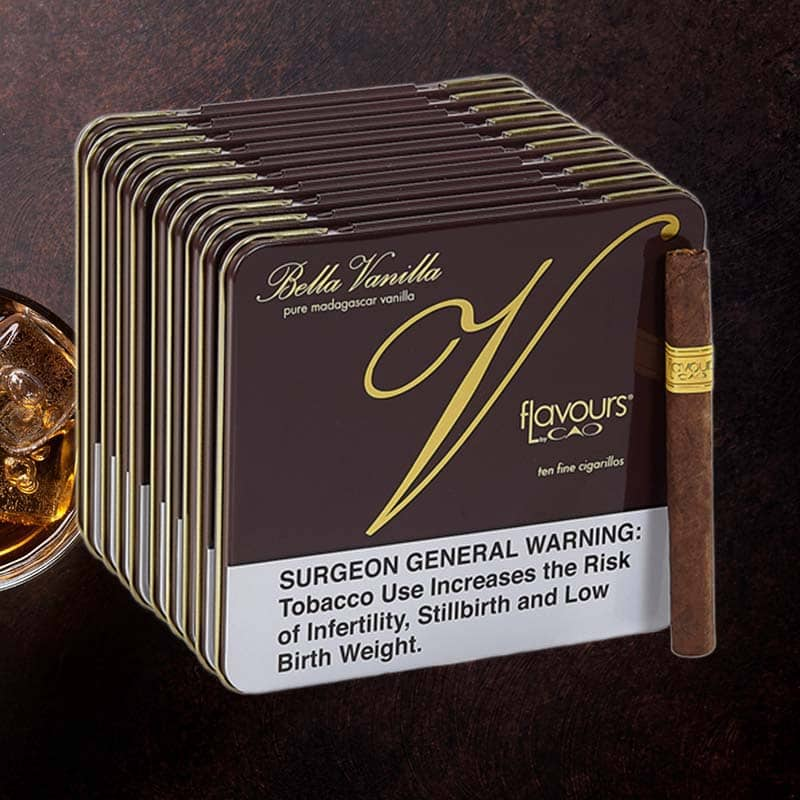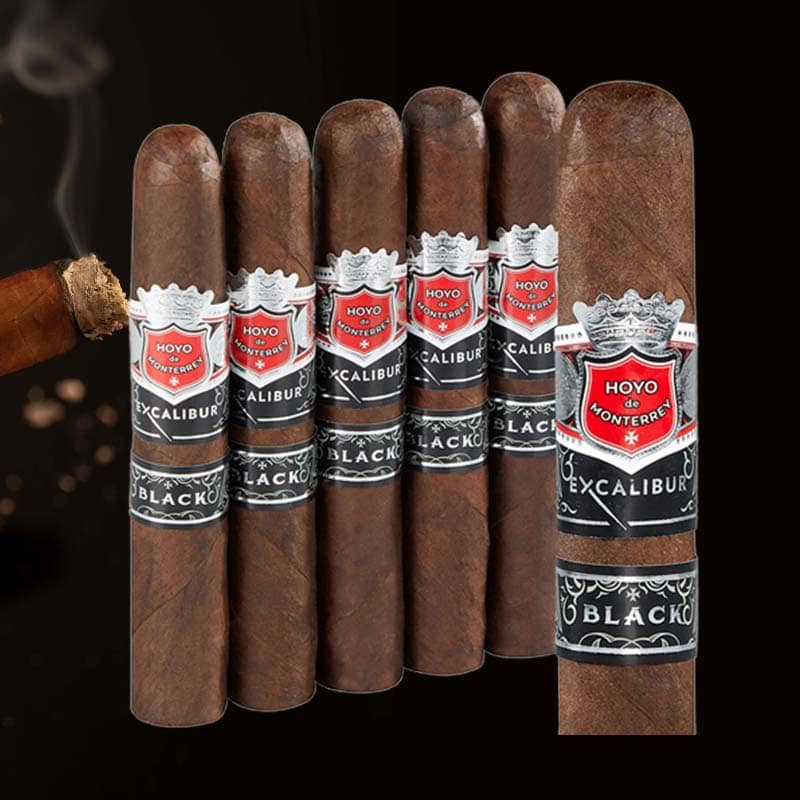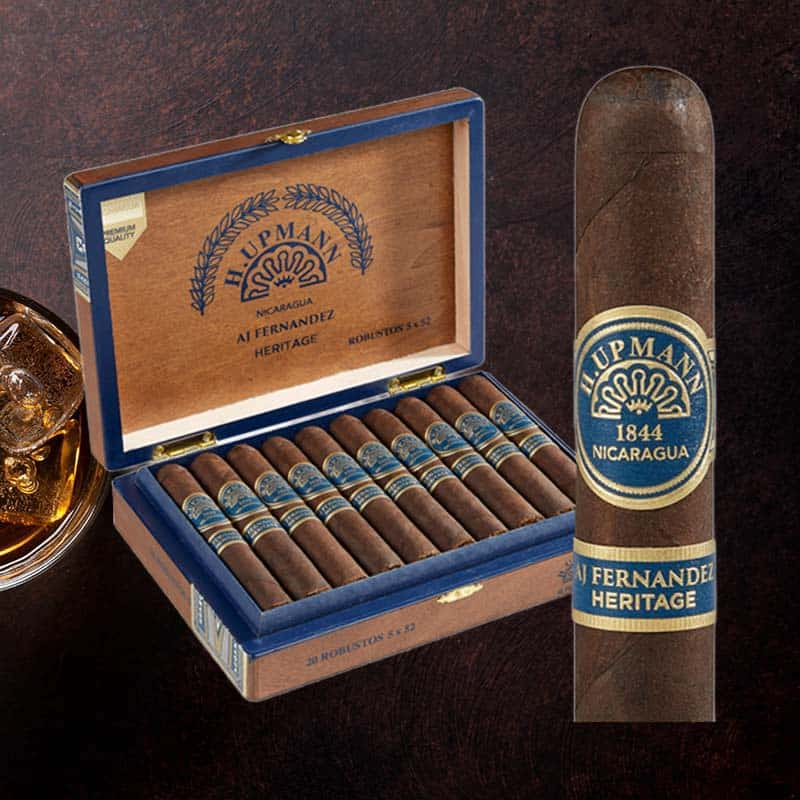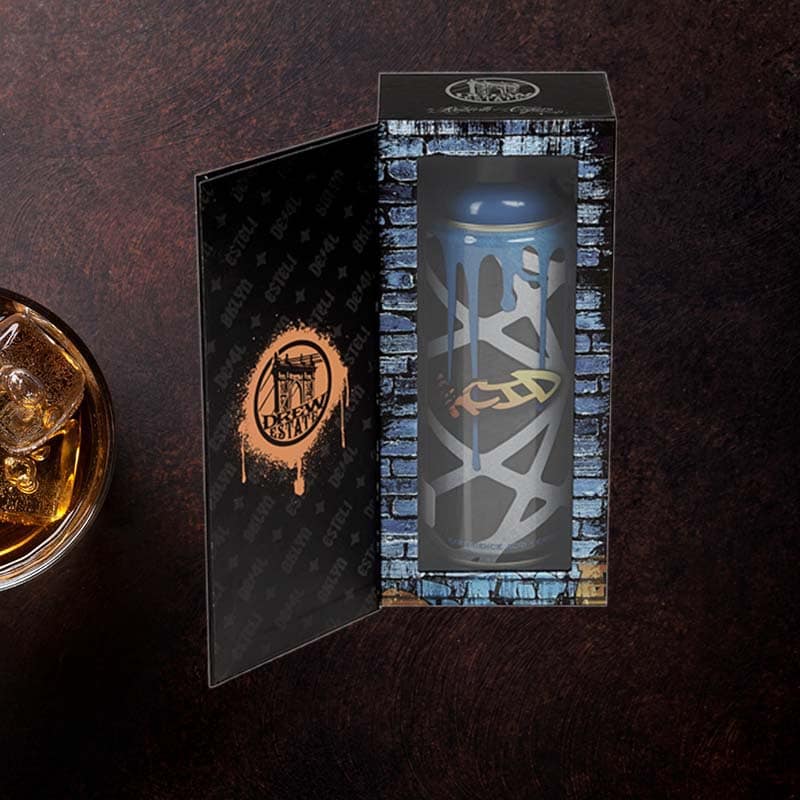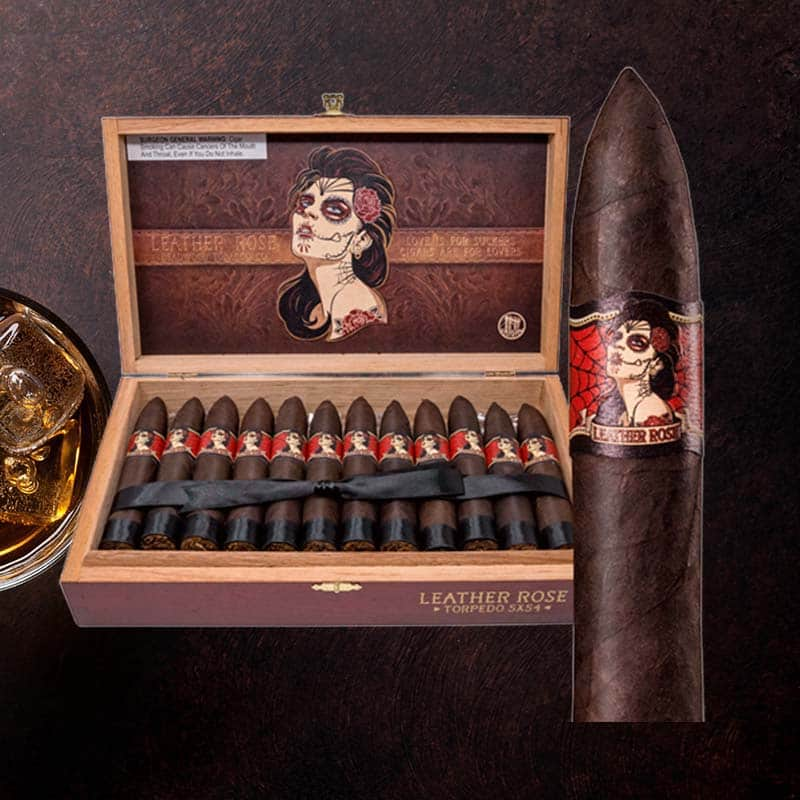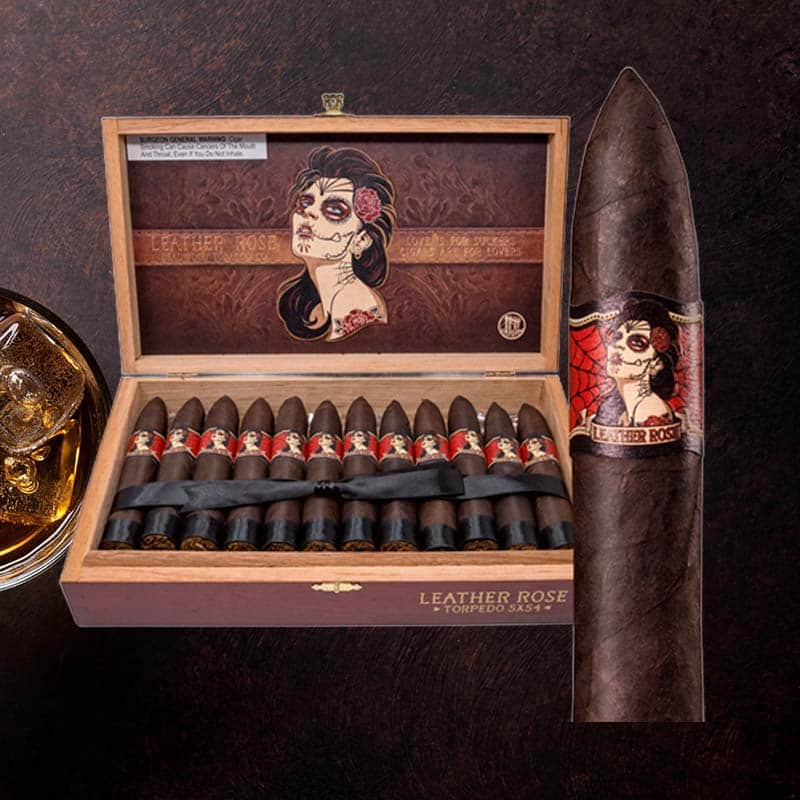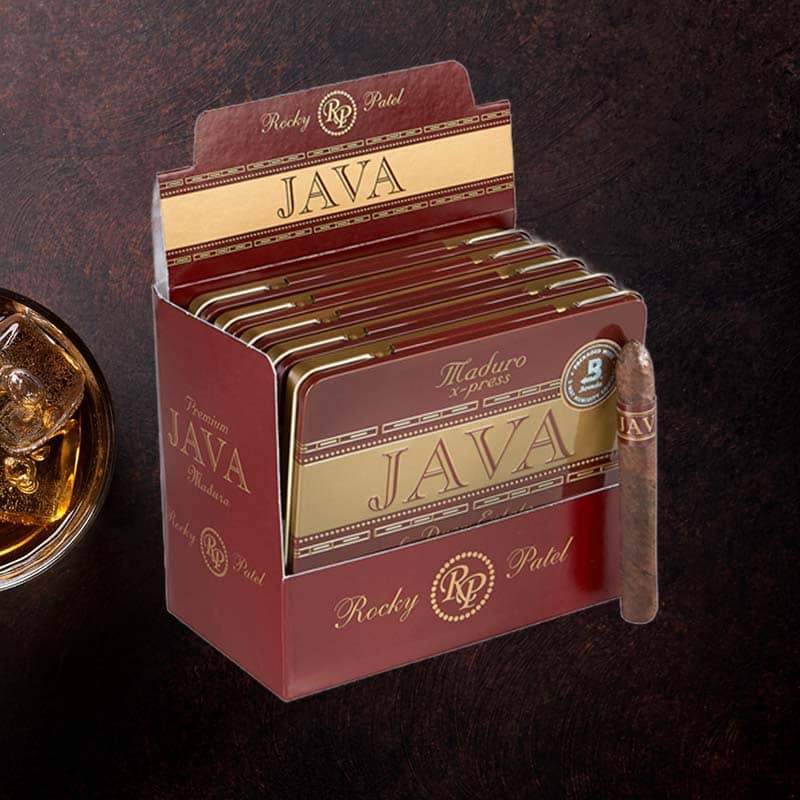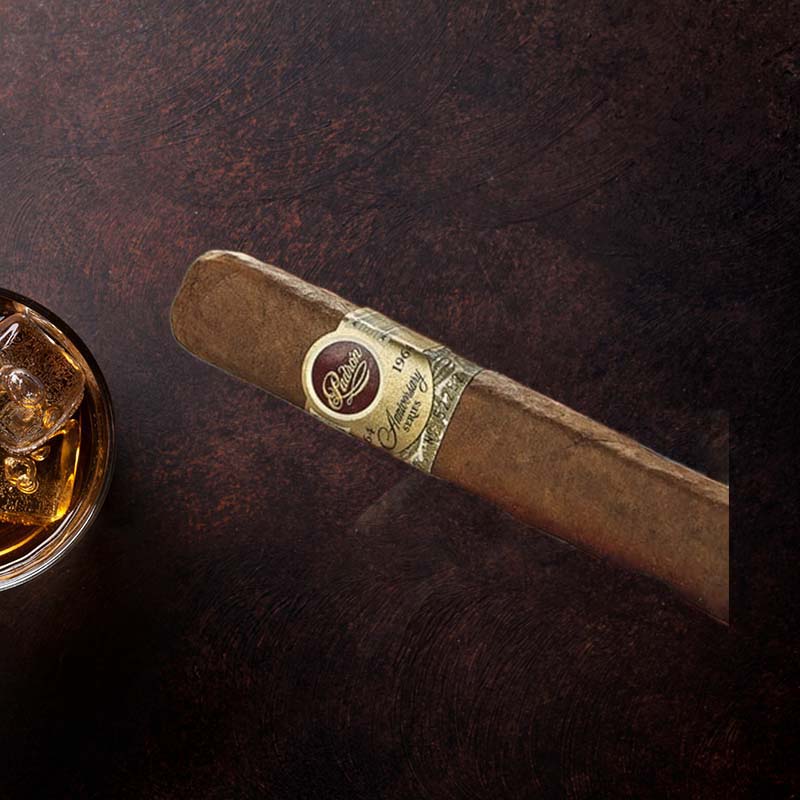How do you burp a torch lighter
As an avid cigar enthusiast, I’ve learned that a reliable torch lighter is crucial for my smoking ritual. However, torch lighters aren’t just tools of the trade; they require a little TLC to keep them sparking just right. One essential part of maintaining my torch lighter is the process of “burping.” You might be asking, “What the heck does that mean?” Well, let me take you on a journey to discover how to properly burp a torch lighter, alongside tips for maintaining it. You’ll be glad you did when your lighter performs brilliantly!
How Do You Burp a Torch Lighter?
Burping a torch lighter is not just fancy terminology; it’s an essential maintenance practice that allows the lighter to operate efficiently. This process involves removing excess pressure from the fuel tank before refilling it, ensuring consistent performance. If you’ve ever experienced a sputtering flame or inconsistent ignition, then you probably need to burp your lighter!
Maintaining Your Torch Lighter
Cleaning Your Torch Lighter
Keeping my torch lighter clean is fundamental to its longevity. I regularly remove any soot or debris around the nozzle and fuel inlet. This tiny yet essential step can make a world of difference. A clean lighter ensures that fuel flows smoothly, minimizing clogs or ignition issues.
Bleeding Your Torch Lighter
Bleeding is another necessity for keeping your torch lighter user-friendly. If I’ve recently refilled my lighter but it won’t ignite, it probably needs bleeding to release excess gas and air pressure trapped inside.
Refueling Your Torch Lighter
Choosing high-quality butane for refueling boosts the lighter’s performance and enhances flame consistency. I make sure to read the labels carefully before purchase!
Understanding Torch Lighters
What’s Different About a Torch Lighter?
Unlike traditional lighters, torch lighters produce a concentrated flame that can ignite cigars effortlessly. This high-temperature flame is perfect for outdoor situations or windy environments, which is why I always keep one handy—especially for those garden parties!
Why Is a Torch Lighter Necessary?
If you’re serious about your cigars, a torch lighter is non-negotiable. The benefits include quick ignition without damaging the cigar’s integrity, making it ideal for both novices and connoisseurs.
Steps to Burp Your Torch Lighter
Step 1: Prepare Your Lighter
To start, I always make sure my lighter is turned off and that I have it in a well-ventilated area. Safety first!
Step 2: Bleed the Tank Before Refilling
It’s time to release that stubborn air pressure! I press the bleed valve until I hear the hissing noise, indicating that the gas is escaping.
Step 3: Injecting the Butane
Holding the butane can upside down, I press the nozzle into the lighter’s fuel inlet. I can see the gas flowing; it feels rewarding knowing I’m rejuvenating my trusty tool.
Step 4: Testing the Lighter
Now, the moment of truth! After waiting a few moments post-refueling, I flick the ignition switch and watch for that beautiful blue flame. What a satisfying sight!
Tips for Successful Burping
Use High-Quality Butane
Whenever I refuel, I opt for reputable brands to avoid impurities that can clog the lighter later on.
Check the Flame
A consistent flame is crucial for a seamless experience. I always ensure it heats evenly without any sputtering.
Check for a Hissing Sound
During the bleeding process, a hissing sound is good! It confirms that excess gas is escaping, and I’m on the right track for a properly functioning lighter.
Common Issues with Torch Lighters
Flame Height Problems
If the flame isn’t high enough, it may be time for a good bleeding and refueling! I adjust the height dial to “maximum” before refilling.
Ignition Issues
Sometimes, despite my careful preparations, the lighter may refuse to ignite. A thorough clean-up often resolves this dilemma.
Fuel Leakage Signs
A strong smell of butane around my lighter is a red flag. Properly maintaining the seals and valves is key to preventing leaks.
Frequently Asked Questions
How Often Should You Burp a Torch Lighter?
I typically burp my torch lighter before every refueling, which ensures it maintains optimal performance and avoids potential issues down the line.
Can You Over-Burp a Torch Lighter?
While it’s essential to release excess pressure, over-burping might lead to unnecessary fuel loss. I always aim for a balanced approach.
Warnings When Using Torch Lighters
Avoiding Fuel Overfill
I always keep an eye on fuel levels. Overfilling can lead to fuel leaks or ignition issues—definitely not fun!
Safety Precautions
When using my lighter, I always maintain a safe distance from flammable materials. Safety is never an option; it’s a necessity!
Resources and Tools
Essential Tools for Maintenance
A small screwdriver, cleaning cloths, and quality butane are the tools I rely on for consistent lighter maintenance.
Useful Guides and Articles
I’m a fan of various forums and blogs where fellow cigar lovers share their experiences and tips. These resources keep my skills sharp!
How do you unclog a torch lighter?
Unclogging a torch lighter is simple. I first clean any visible debris, then bleed the tank and ensure proper fuel flow before trying to reignite.
How do you drain the fuel out of a torch lighter?
To drain fuel, I open the bleed valve until the tank is empty. Safety is key; I do this in a well-ventilated area away from flames.
How do you get gas out of a lighter?
Removing gas from a lighter involves bleeding the tank, similar to draining it. I press the valve slowly and ensure proper ventilation.
How do you fix a sputtering torch lighter?
If my lighter sputters, I clean the nozzle and bleed the tank. If the issue persists, I may need to check if the butane is high quality.
